The past 19 years, from 2006 to 2025, have witnessed an unprecedented wave of technological innovation, with gadgets reshaping how we live, work, communicate, and interact with the world. These devices have not only introduced new functionalities but have also redefined societal norms, economies, and industries. From the rise of smartphones to the integration of artificial intelligence in everyday objects, these 19 gadgets have left an unforgettable mark on the world over the last 19 years, each representing a leap forward in human ingenuity.
iPhone (2007)
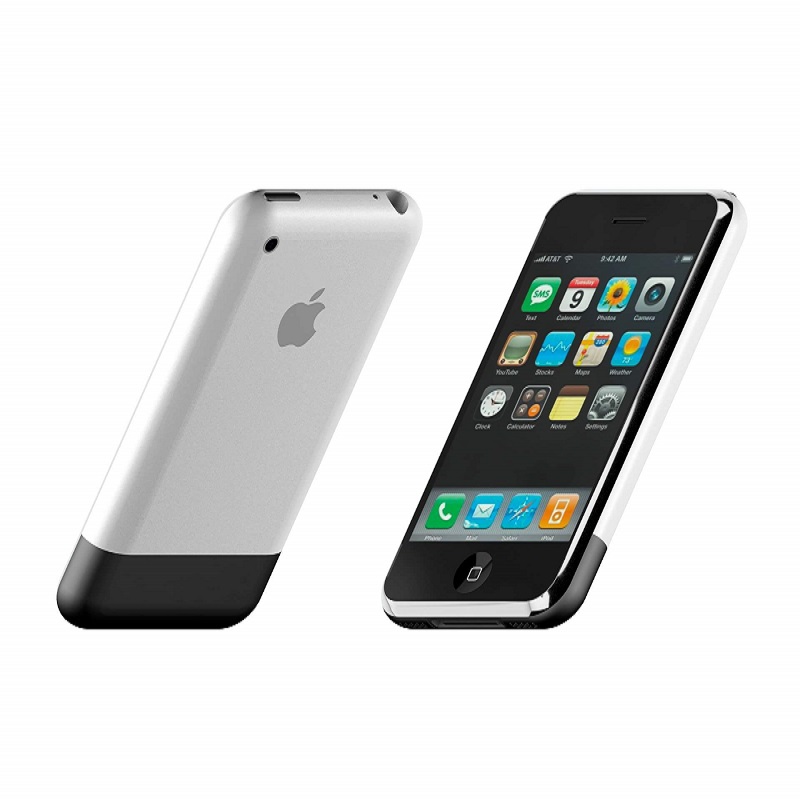
The launch of the first iPhone by Apple in 2007 was a significant technological moment. The iPhone introduced the modern smartphone era by combining a phone, an iPod, and an internet communicator into one touchscreen device. Its intuitive interface, App Store, and sleek design set mobile device standards. The iPhone’s impact is deep, and it revolutionized communication, given the rise of the app economy, and transformed industries like photography, gaming, and retail. Today, smartphones are everywhere, with billions of users worldwide, largely thanks to the iPhone’s pioneering influence.
Amazon Kindle (2007)
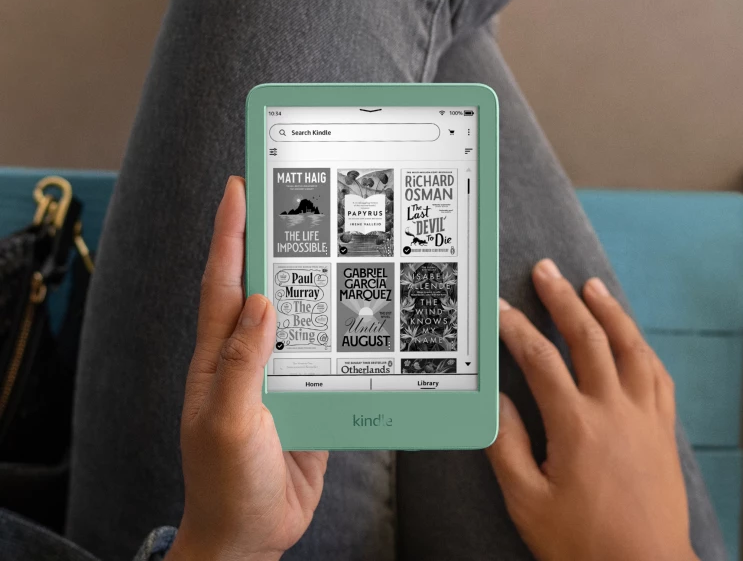
The Amazon Kindle, released in 2007, transformed the publishing industry by popularizing e-readers. With its e-ink display, the Kindle offered a digital reading experience that mimicked paper, allowing users to carry thousands of books in one device. It disrupted traditional publishing, empowered self-publishing authors, and paved the way for digital libraries. The Kindle’s legacy continues as e-readers remain a staple for book lovers, and its influence extends to tablets and digital content consumption.
Fitbit (2009)
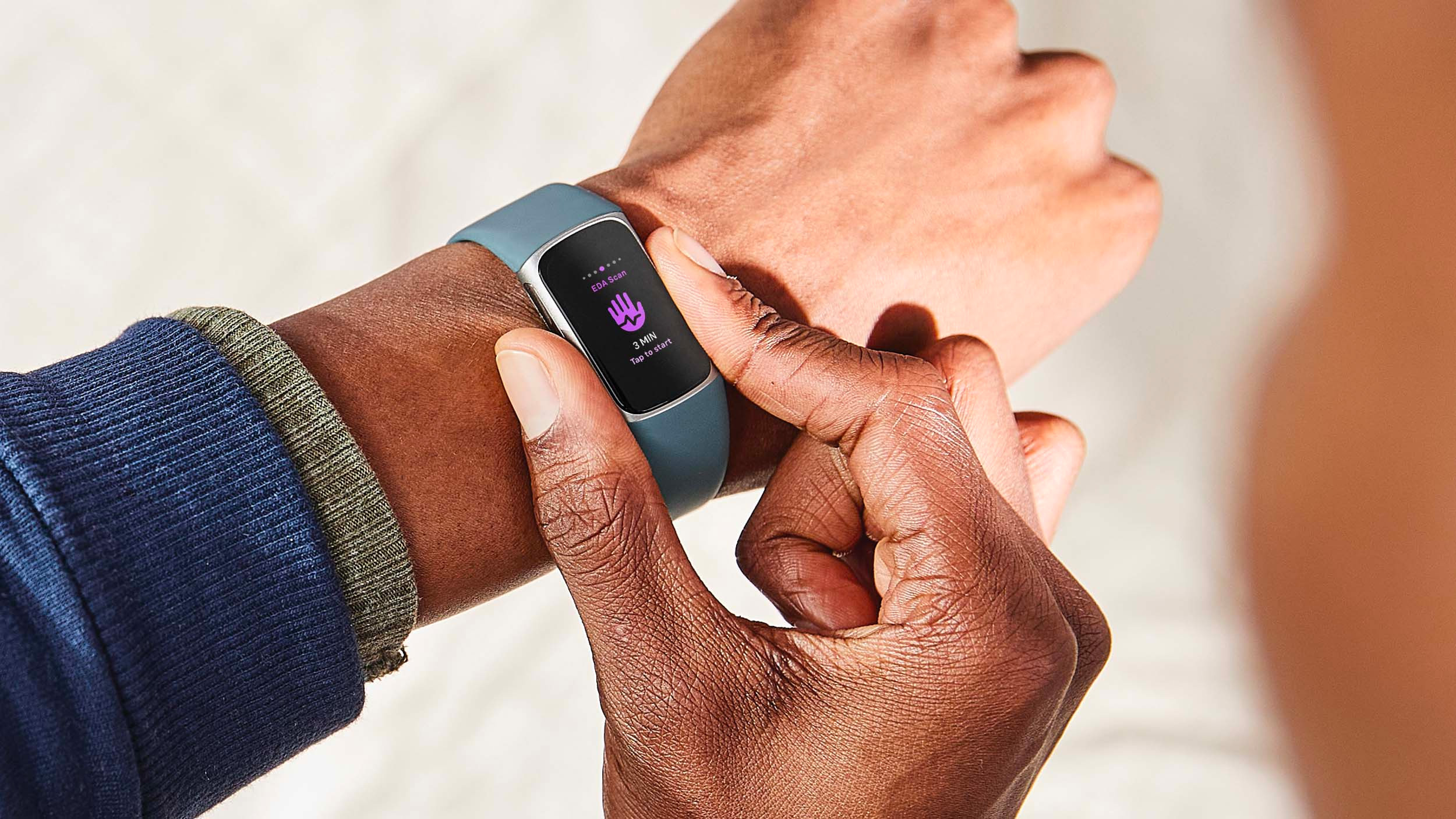
The Fitbit, introduced in 2009, was among the first wearable fitness trackers to gain widespread popularity. Tracking steps, calories, and sleep patterns sparked the quantified self-movement, encouraging people to monitor their health and fitness. Fitbit’s success inspired a wave of wearables, from smartwatches to medical-grade devices, and contributed to integrating health tech into daily life. Its impact on preventive healthcare and fitness culture remains substantial.
iPad (2010)
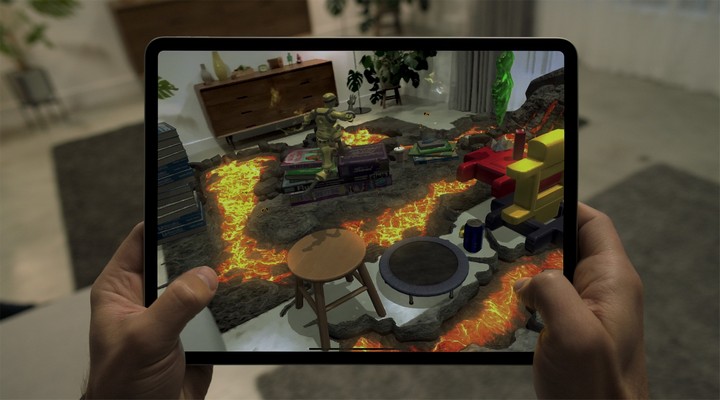
Apple’s iPad, launched in 2010, created the modern tablet market. Positioned between smartphones and laptops, the iPad offered an adaptable platform for entertainment, productivity, and education. Its touchscreen interface and app ecosystem made it accessible to all ages, from children to professionals. The iPad reshaped industries like education, where digital textbooks became possible, and art, with tools like Procreate. Tablets inspired by the iPad continue influencing how we consume media and work on the go.
Nest Thermostat (2011)
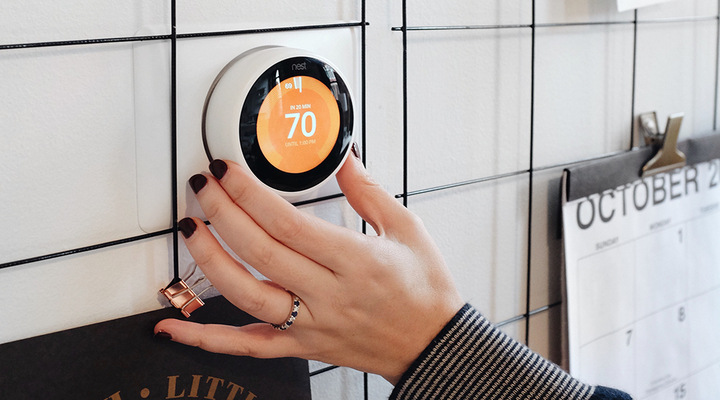
The Nest Thermostat, introduced in 2011, pioneered the smart home revolution. This learning thermostat is adjusted to the user’s habits, optimizing energy use and reducing costs. Its sleek design and smartphone integration made it a favourite among consumers. Acquired by Google in 2014, Nest’s technology significantly influenced the broader smart home ecosystem, including devices such as smart lights and security systems. It demonstrated the potential of the Internet of Things (IoT) to enhance efficiency and convenience in homes.
Raspberry Pi (2012)
The Raspberry Pi, launched in 2012, is a credit-card-sized, affordable computer designed to promote coding and electronics education. Priced as low as $35(approx Rs.3000), it democratized access to computing, enabling hobbyists, students, and developers to create everything from home automation systems to retro gaming consoles. The Raspberry Pi’s open-source ethos encouraged a global maker movement, inspiring innovation in education, DIY projects, and even commercial applications.
Oculus Rift (2013)
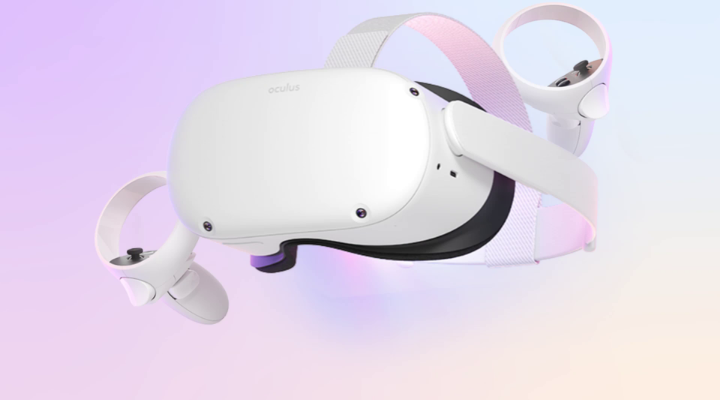
The Oculus Rift, crowdfunded in 2012 and released in 2013, marked the revival of virtual reality (VR). As one of the first consumer VR headsets, it offered immersive gaming and simulation experiences. Acquired by Facebook (now Meta) in 2014, Oculus evoked the development of VR technologies, influencing fields like entertainment, education, and healthcare. VR headsets have since become tools for training surgeons, treating phobias, and creating virtual social spaces.
Google Glass (2013)
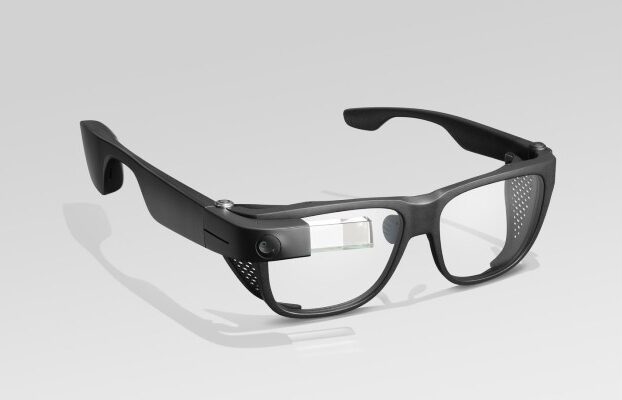
Though not a commercial success, Google Glass, released in 2013, was a bold step toward wearable augmented reality (AR). These smart glasses offered heads-up displays for notifications, navigation, and video recording. While privacy concerns limited consumer adoption, Google Glass found applications in industries like healthcare and manufacturing, where hands-free AR proved valuable. It laid the groundwork for later AR devices, including Microsoft’s HoloLens and Apple’s Vision Pro.
Amazon Echo (2014)
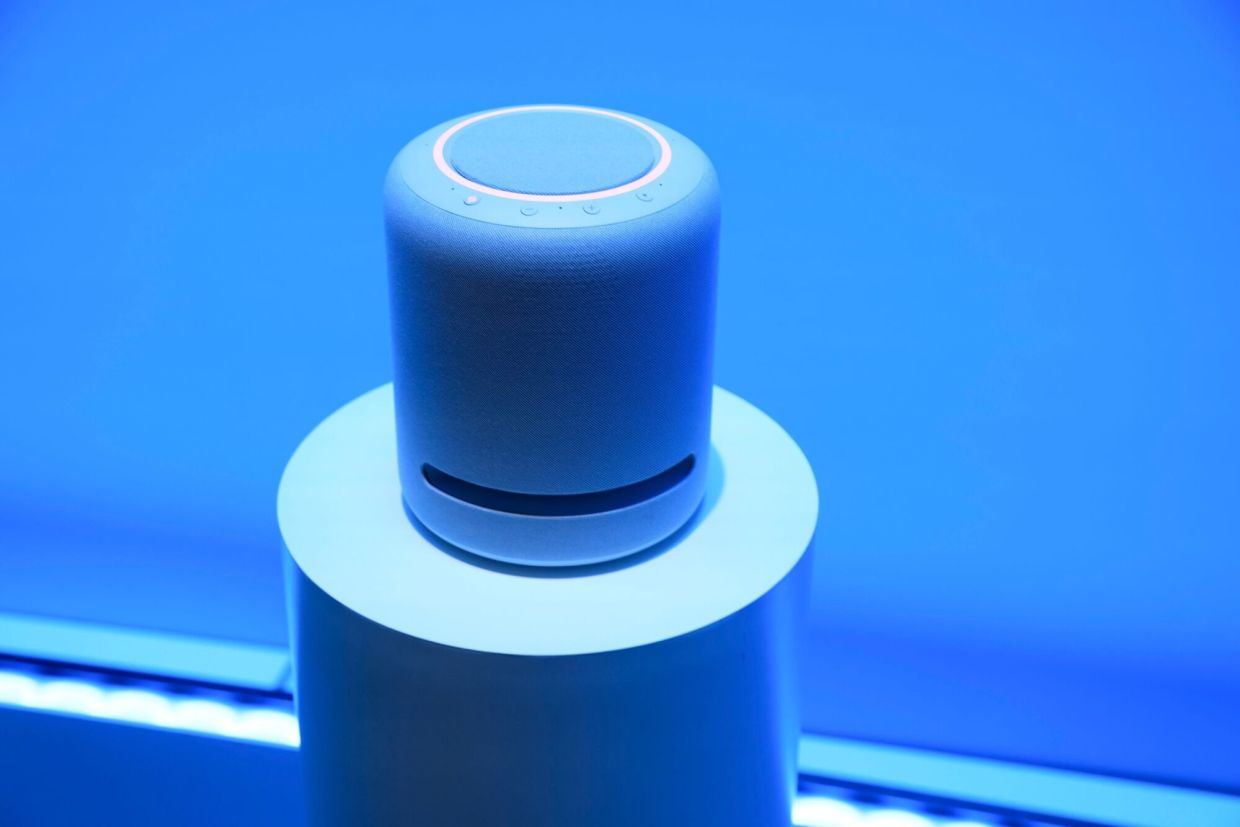
The Amazon Echo, launched in 2014, introduced Alexa, the first mainstream voice assistant. This smart speaker allowed users to control music, set reminders, and interact with smart home devices using voice commands. The Echo popularized voice-activated AI, transforming how people interact with technology. Competitors like Google Home and Apple’s HomePod followed, but the Echo’s influence on smart home adoption and AI integration in daily life is indisputable.
Apple Watch (2015)
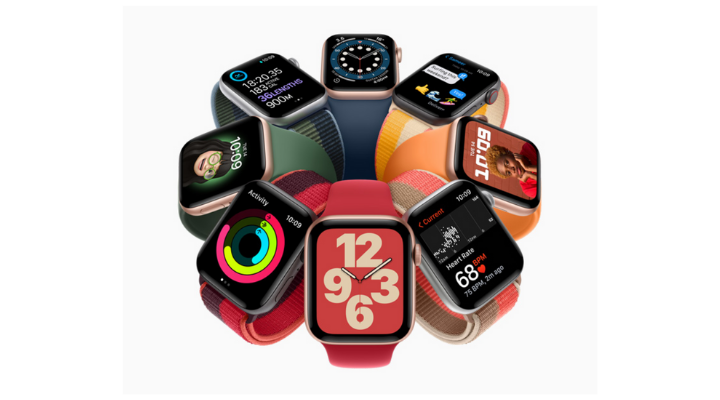
The Apple Watch, released in 2015, redefined wearables by combining fitness tracking, notifications, and app integration into a stylish smartwatch. Its health features, like heart rate monitoring and later ECG capabilities, positioned it as a life-saving device. The Apple Watch set the standard for smartwatches, driving competitors like Samsung and Fitbit to innovate. It also normalized wearable tech, making wrist-based computing a mainstream sensation.
Tesla Model 3 (2017)
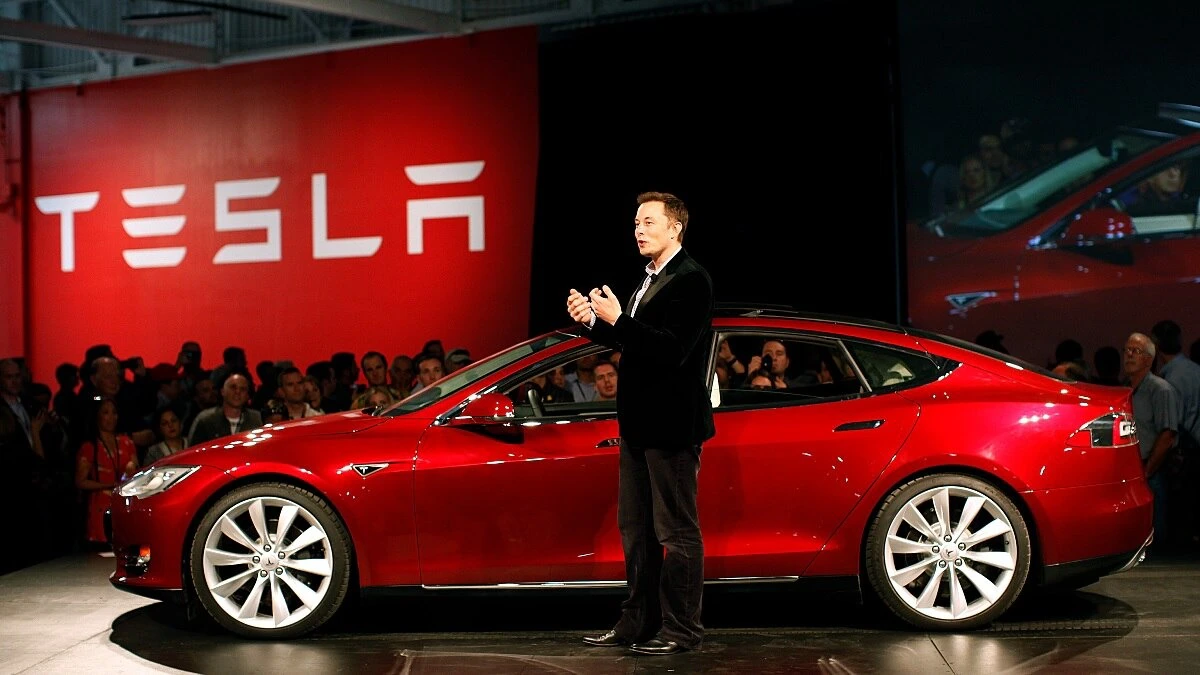
The Tesla Model 3, delivered in 2017, brought the masses the electric vehicles (EVs). It offered impressive range, performance, and autonomous driving features. The Model 3 accelerated the global shift toward sustainable transportation, pressuring traditional automakers to invest in EVs. Its advanced software and over-the-air updates also redefined the car as a connected gadget.
Nintendo Switch (2017)
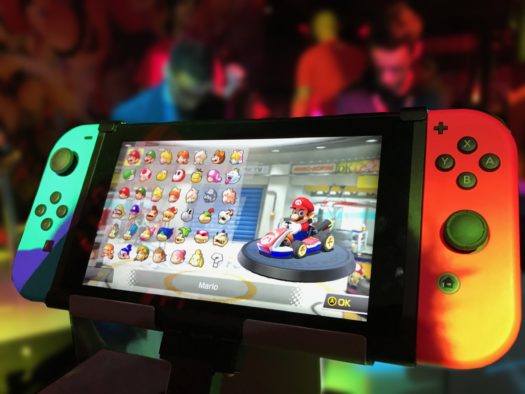
The Nintendo Switch, launched in 2017, revolutionized gaming with its hybrid design, functioning as both a home console and a portable device. Its versatility and games like The Legend of Zelda: Breath of the Wild made it a global hit. The Switch bridged casual and hardcore gaming, appealing to diverse audiences. Its success influenced the gaming industry, demonstrating that innovative hardware could compete in a smartphone-dominated market.
AirPods (2017)
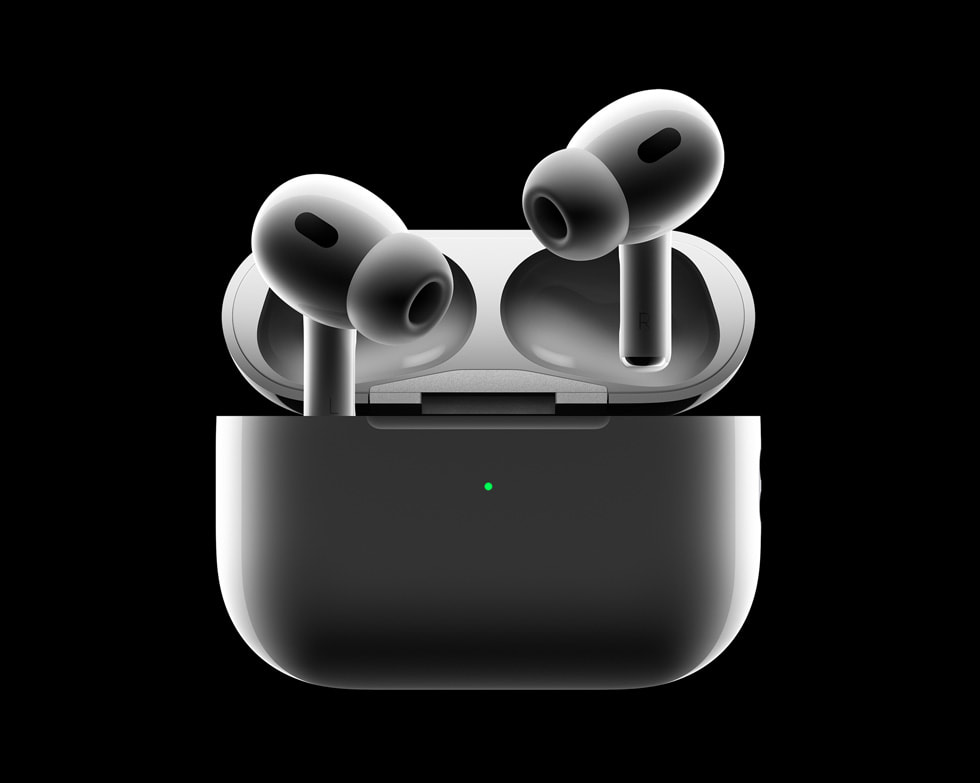
Apple’s AirPods, introduced in 2017, popularized true wireless earbuds. With seamless Bluetooth connectivity, a compact charging case, and integration with Siri, AirPods offered a frictionless audio experience. Their cultural impact was immense, becoming a status symbol and sparking a wave of competitors like Samsung’s Galaxy Buds. AirPods transformed how people listen to music, podcasts, and calls, making wireless audio the standard.
DJI Mavic Pro (2017)
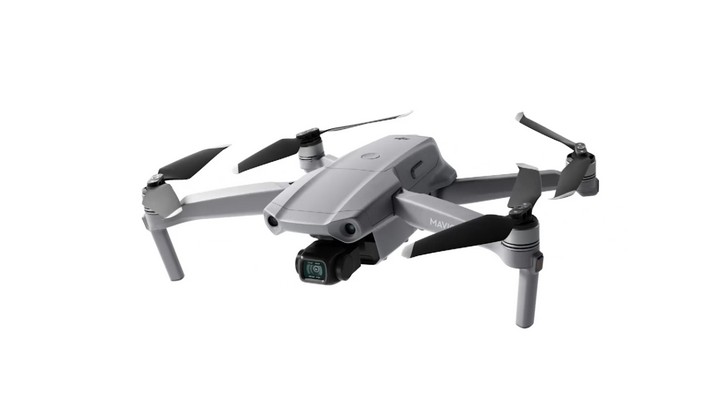
The DJI Mavic Pro, released in 2017, was a compact, foldable drone that made aerial photography and videography available to consumers. Its portability, 4K camera, and intelligent flight modes lowered the barrier to drone ownership. The Mavic Pro empowered creators, from filmmakers to hobbyists, and found applications in the agriculture and real estate industries. It solidified DJI’s dominance in the consumer drone market.
Neuralink Brain-Computer Interface (Prototype, 2019)
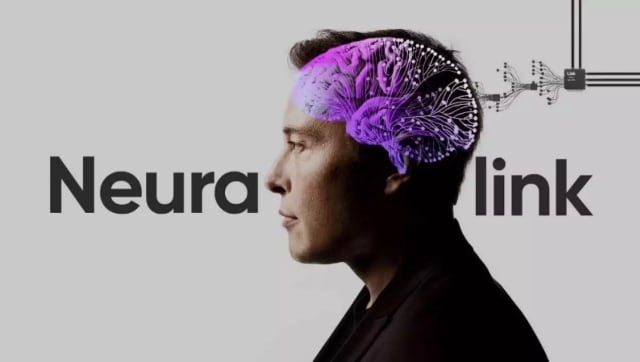
Neuralink, founded by Elon Musk, revealed its brain-computer interface (BCI) prototype in 2019, aiming to connect human brains directly to computers. While still in development, Neuralink’s early demonstrations hinted at revolutionary applications in medicine and human augmentation, like controlling devices with brain signals. Its possibility to treat neurological disorders and enhance cognitive abilities positions it as a transformative gadget of the future.
Foldable Smartphones (2019)
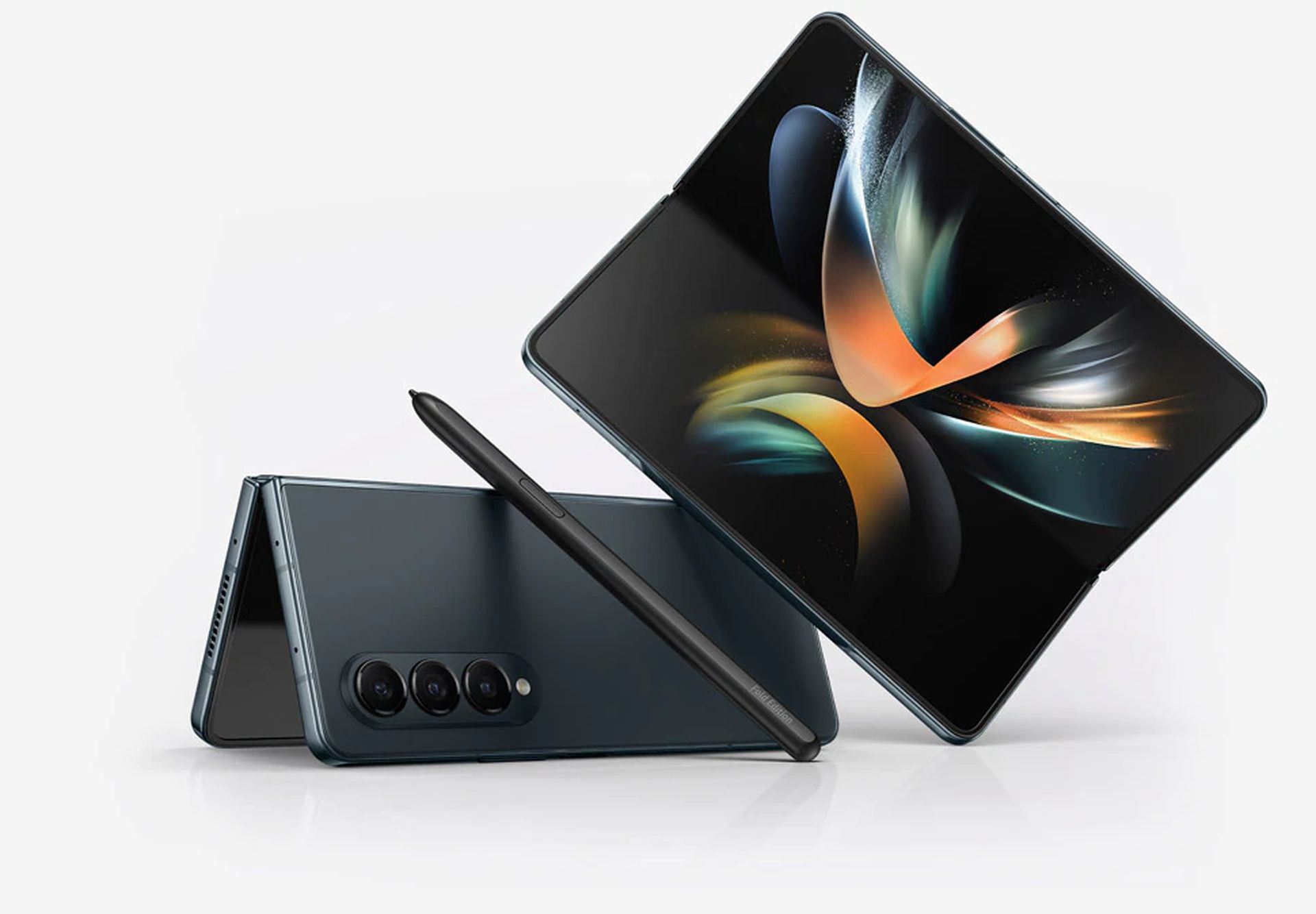
The Samsung Galaxy Fold, launched in 2019, introduced foldable smartphones, combining the portability of a phone with the screen size of a tablet. Despite early durability concerns, foldable phones from Samsung, Huawei, and others have pushed the boundaries of mobile design. They cater to multitaskers and content creators, signalling a new direction for smartphones as flexible, adaptive devices.
Meta Quest 2 (2020)
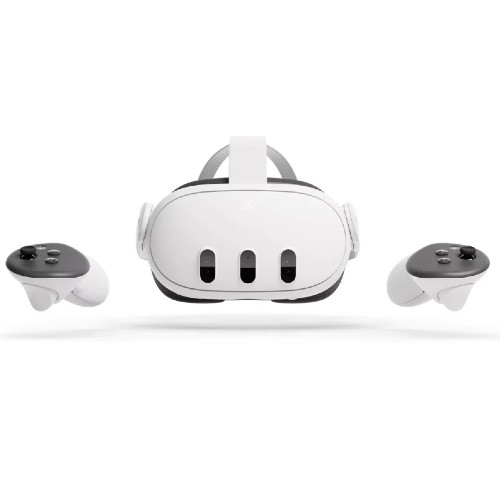
The Meta Quest 2 (originally Oculus Quest 2), released in 2020, made standalone VR accessible with its wireless design and affordable price. Unlike earlier VR headsets requiring powerful PCs, the Quest 2 offered high-quality experiences out of the box. It popularized VR for gaming, fitness, and virtual workspaces, accelerating the adoption of the metaverse concept. Its success underscored VR’s potential as a mainstream technology.
Apple Vision Pro (2023)
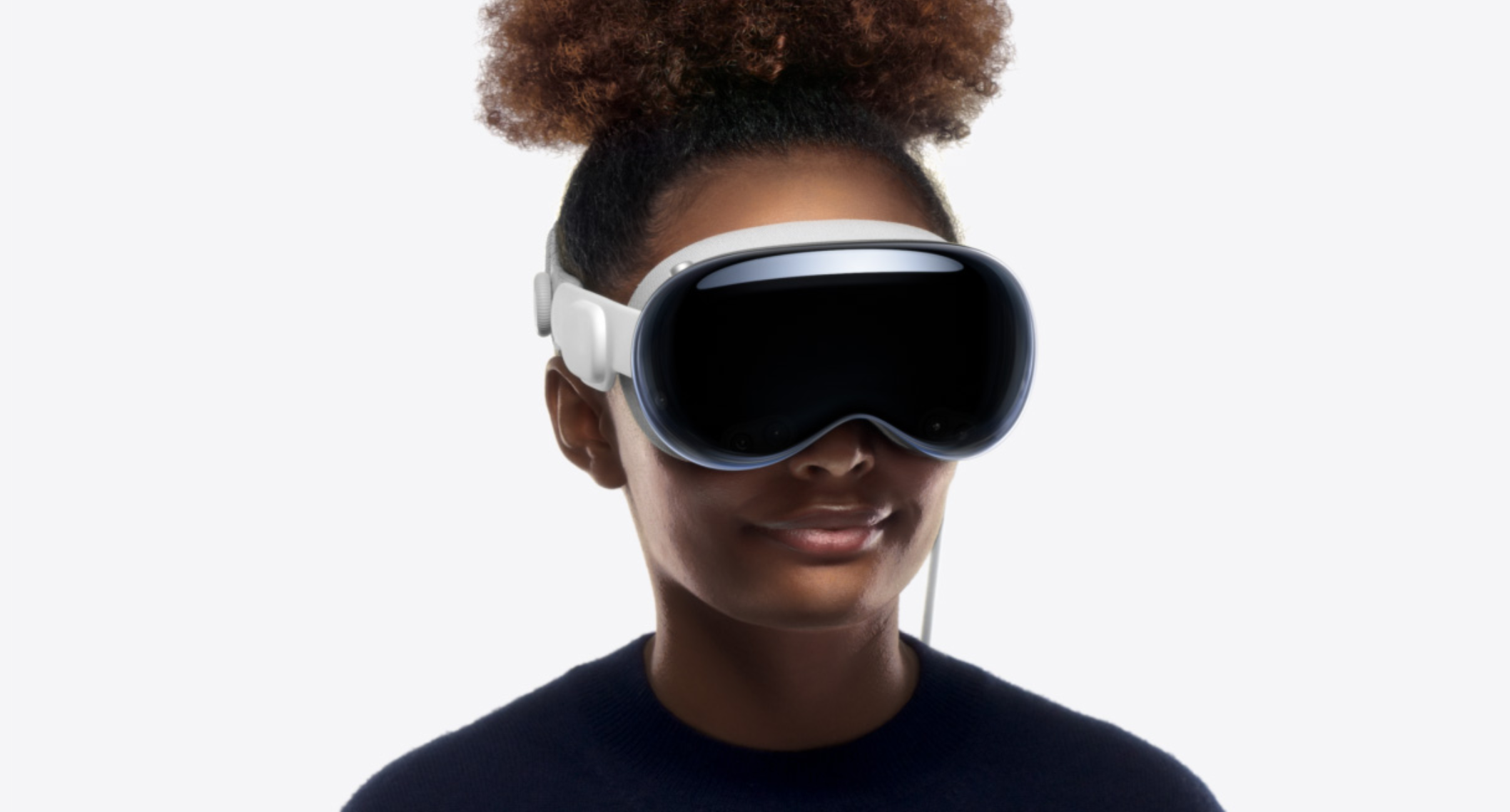
Apple’s Vision Pro, launched in 2023, is a mixed-reality headset that blends AR and VR, offering immersive experiences for work, entertainment, and communication. Its high-resolution displays and hand-tracking interface set a new standard for spatial computing. The Vision Pro’s influence extends to professional fields like design and medicine, where AR enhances productivity. It represents Apple’s vision for the future of computing.
AI-Powered Smart Glasses (2024)

In 2024, AI-powered smart glasses, like those from Meta and Ray-Ban, emerged as the next frontier in wearable tech. These glasses integrate AI assistants, cameras, and AR displays, enabling hands-free navigation, translation, and content creation. They build on the legacy of Google Glass but with greater consumer appeal and functionality. Smart glasses are designed to redefine personal computing, seamlessly merging digital and physical worlds.
The last 19 years have been a remarkable journey of technological progress, with these 19 gadgets standing out as motivations for change. Each has left a unique imprint, from the iPhone’s redefinition of communication to the Vision Pro’s vision of spatial computing. As we look to the future, the pace of innovation shows no signs of slowing. The next 19 years will likely bring even more transformative gadgets, building on the foundation laid by these visionaries. For now, we celebrate these devices that have not only changed the world but also shown us what’s possible when human creativity meets technological ambition.



2 Comments
Absolutely fascinating roundup! The piece does an excellent job capturing how certain innovations—from the debut of the iPhone to everyday AI-integrated devices—have reshaped our lives. I especially appreciated the curated list of the “19 gadgets that left an unforgettable mark,” which provides a powerful snapshot of tech’s impact over the past two decades
exhibit.tech
. It’s a compelling reminder of how far we’ve come—and the tech trends that might still lie ahead.
Pingback: Everything to Know About Xiaomi's New Redmi Pad 2